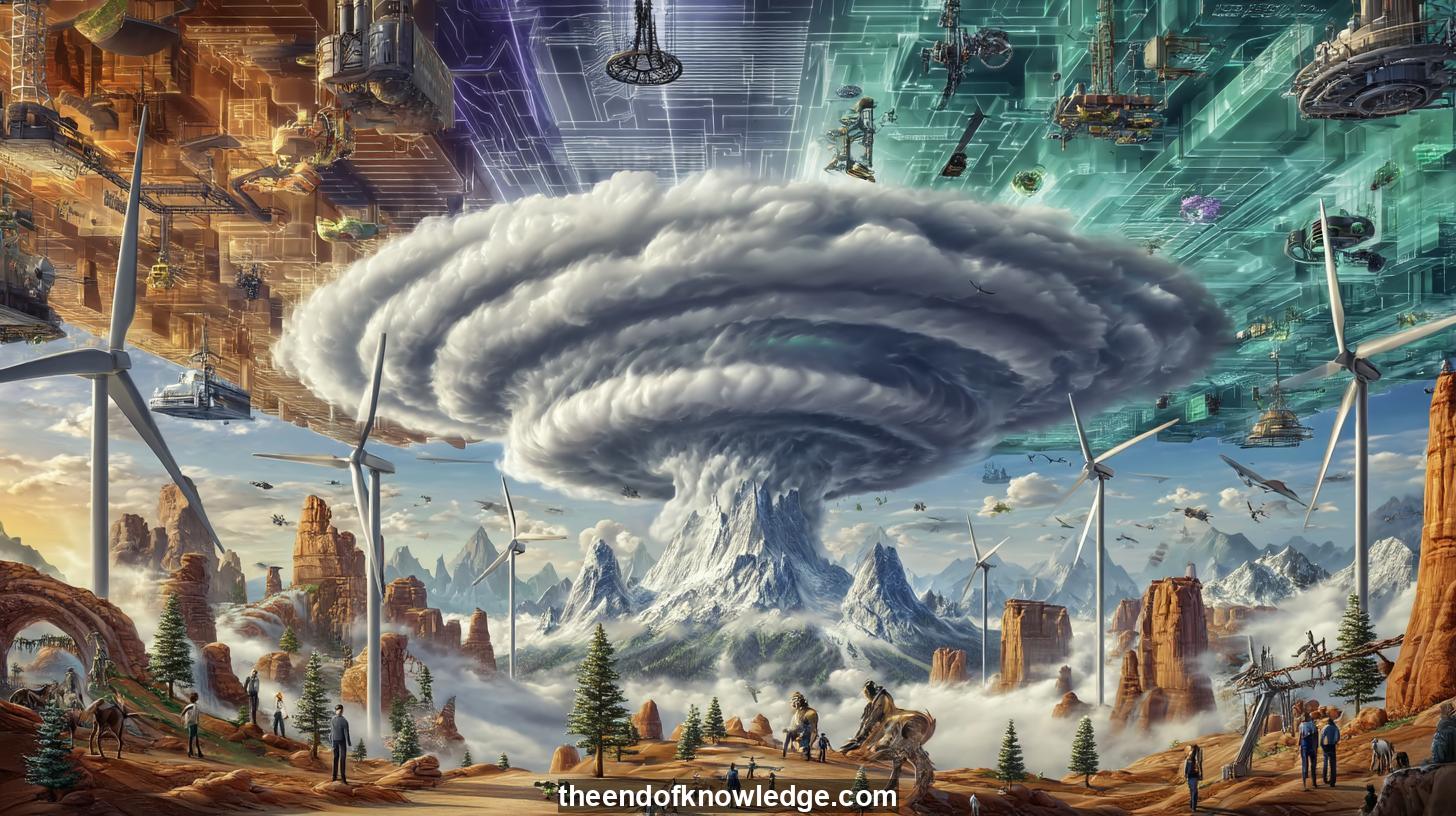 >
>
Concept Graph, Resume & KeyIdeas using Qwen3-235B-A22B :
Resume:
The program discusses a major energy crisis in Spain, triggered by an unprecedented power outage linked to overproduction from renewable sources, grid instability, and geopolitical factors. Experts José Musach and Román Cuadrado analyze data showing a surge in solar and wind energy coincided with France’s decision to prioritize German energy imports over Spanish supply, destabilizing the network. Nuclear plants disconnected automatically to prevent damage, exacerbating the collapse. The crisis exposed vulnerabilities in Spain’s energy infrastructure, including insufficient storage systems and outdated grid management. Political and regulatory failures were highlighted, such as prioritizing renewables without balancing demand or investing in adaptive technologies. The panel emphasizes the need for energy storage solutions like hydrogen, modernized grid infrastructure, and dynamic pricing to align consumption with production. They also critique the lack of transparency and technical expertise in policymaking, urging reforms to prevent future blackouts.30 Key Ideas:
1.- Renewable surge caused overproduction, destabilizing Spain’s grid during peak solar-wind generation.
2.- Nuclear plants disconnected automatically, worsening instability due to lack of regulation capacity.
3.- France prioritized German energy imports, rejecting Spanish supply amid grid overload.
4.- Hydroelectric regulation failed as reserves reached zero, removing critical grid stabilization.
5.- Political decisions favored renewables without addressing storage or demand management.
6.- Overinstalled solar infrastructure lacks control mechanisms to balance supply-demand dynamics.
7.- Outdated tariff systems prevent consumers from benefiting from low-cost renewable energy.
8.- Cyberattack speculation dismissed; technical failures attributed to systemic mismanagement.
9.- Combined cycle plants replaced nuclear energy temporarily, increasing costs and emissions.
10.- Islands with isolated grids avoided blackouts, highlighting risks of interconnection dependency.
11.- Storage investment delays hinder adaptation to renewable energy fluctuations.
12.- Hydrogen potential emphasized as key for storing excess renewable energy seasonally.
13.- Artificial intelligence integration proposed to optimize grid responsiveness and load distribution.
14.- Economic decline reduced energy demand, worsening overproduction during renewable peaks.
15.- France’s export decisions during instability amplified Spain’s grid collapse.
16.- Aging nuclear infrastructure lacks flexibility to adapt to renewable energy fluctuations.
17.- Public messaging conflicts: government denied blackouts despite warnings from technical experts.
18.- Energy poverty risks rise as pricing fails to reflect renewable abundance for consumers.
19.- Climate policies prioritize renewables without addressing grid resilience or storage gaps.
20.- Political appointments criticized for lacking technical expertise in energy governance.
21.- Supermarkets and hospitals faced critical failures, exposing emergency preparedness gaps.
22.- Social unrest emerged as citizens stockpiled resources during prolonged outages.
23.- Hydroelectric dams’ capacity limits reached, eliminating a key stabilization tool.
24.- Renewable integration mandates strain grid without synchronized infrastructure upgrades.
25.- Electric vehicle adoption plans stalled, missing opportunities to absorb excess energy.
26.- Geopolitical tensions influence energy flows, complicating cross-border grid stability.
27.- Data centers’ energy demands threaten to overload grids without storage solutions.
28.- Climate change exacerbates renewable variability, requiring adaptive energy strategies.
29.- Public-private collaboration urged to accelerate hydrogen and battery infrastructure projects.
30.- Transparency deficits in crisis communication eroded trust in energy sector governance.
Interviews by Plácido Doménech Espí & Guests - Knowledge Vault built byDavid Vivancos 2025